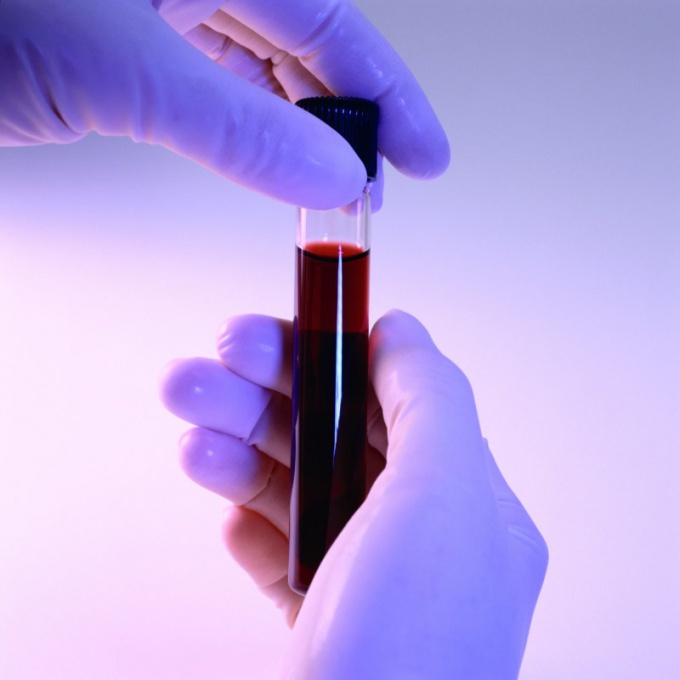You will need
- - the direction of the survey.
Instruction
1
The most common test are laboratory blood tests. The virus circulates in the blood and its presence is detected by a blood test, which is taken from a vein in the clinic.
2
Testing must be carefully prepared. Three days prior to laboratory studies follow the diet, avoid spicy, fried, alcohol. Come on analyses early in the morning, strictly on an empty stomach. Directly before the examination do not drink tea, coffee, smoke.
3
Diagnosis of the virus is by PCR. If a virus is, it is determined by its genotype. This allows you to not only find the right therapy, but also with high accuracy to predict its success.
4
To get assigned to a diagnosis, contact your doctor hepatologist-gastroenterologist. If a virus is detected you will be given an additional examination methods to detect activity of the virus and degree of liver fibrosis. This is the biochemical examination of blood, fibromyalagia and biopsy FibroTest.
5
Fibrocavitory is of noninvasive research on the unit of the fiberscope. The examination allows to obtain an accurate picture of fibrous lesions of the liver in which normal tissue is replaced with scar connective. If the liver is severely affected, the disease occurred long ago and the predictions of treatment are disappointing.
6
FibroTest is a minimally invasive examination which is taken a blood test.
7
And the last method is a biopsy a capture of material to the liver for further laboratory examination. A fragment of tissue is taken locally from one place. A biopsy may not give accurate results, since liver damage may occur unevenly.
8
To avoid hepatitis b can put a preventive vaccination. Hepatitis C virus continuously mutates, so the vaccine is ineffective.
